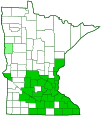American bladdernut
(Staphylea trifolia)
Conservation • Wetland • Description • Habitat • Ecology • Use • Distribution • Taxonomy
Description |
||
American bladdernut is a small, branching shrub, or rarely a small tree, that rises on 1 or more stems. It can be 6′ to 15′ tall and up to 2″ in diameter at breast height. The root system produces multiple runners that send up additional stems, occasionally forming colonies. The trunk is occasionally branched, less so in the shade. The bark on mature stems is grayish-brown with prominent white fissures. On smaller stems the bark is smooth. First-year twigs are slender, flexible, green, and hairless. Second-year twigs are brown and hairless. After 2 to 4 years the twigs develop whitish lenticels. The pith is white. The leaf scars are almost perfectly round. The upper margin is flat or almost flat and has a dense ridge of tan, velvety hairs. There are numerous bundle scars that are close together forming an ellipse. There is no terminal bud. Lateral buds are reddish-brown, egg-shaped, smooth, and sometimes stalked. The leaves are opposite, deciduous, and divided into 3 leaflets. They are on 1½″ to 4¾″ long, sparsely hairy or hairless leaf stalks. The leaflets are egg-shaped to elliptical, 2″ to 4″ long, and 1¼″ to 2⅜″ wide. The terminal leaflet is on a ⅜″ to 1 3 ⁄16″ long leaflet stalk. The lateral leaflets are nearly stalkless. The leaflet blades are tapered at the base and abruptly tapered to a point at the tip with concave margins along the tip. The upper surface is dark green and hairless or sparsely hairy along the veins. The lower surface is pale green and covered with fine, white hairs. The margins are finely toothed. The inflorescence is a drooping cluster of 5 to 12 flowers at the end of the previous year’s twig. The flowers are on jointed, ¼″ to 9 ⁄16″ long stalks. Each flower is bell-shaped and ¼″ to ⅜″ long. There are 5 oblong, whitish, 3 ⁄16″ to 5 ⁄16″ long sepals, 5 narrowly egg-shaped, whitish, ¼″ to ⅜″ long petals, and 5 stamens with yellowish-orange anthers. The stamens barely extend beyond the petals. The fruit is an inflated, bladder-like capsule containing 1 to 4 pale brown, shiny seeds. The capsule is papery, 1¼″ to 2⅜″ long, and ¾″ to 1½″ in diameter. At the base of the capsule are 3 downward-pointing lobes. At maturity the seeds become loose and can be made to rattle by shaking the capsule. |
||
Height |
||
6′ to 15′ |
||
Flower Color |
||
White |
||
Similar Species |
||
Habitat |
||
Moist. Streambanks, river banks, floodplain forests, wooded hillsides. Partial sun to light shade. |
||
Ecology |
||
Flowering |
||
Early May to late May |
||
Pests and Diseases |
||
|
||
Use |
||
|
||
Distribution |
||||
|
Sources 2, 3, 4, 5, 7, 8, 22, 24, 28, 29, 30. The outlying record in Clay County (light green on the map) is a verified sighting from Buffalo River State Park. It may be single planting and not an established population. |
|||
| 2/8/2023 | ||||
Nativity |
||||
Native |
||||
Occurrence |
||||
|
||||
Taxonomy |
|||
| Kingdom | Plantae (Plants) | ||
| Division | Tracheophyta (Vascular Plants) | ||
| Subdivision | Spermatophytina (Seed Plants) | ||
| Class | Magnoliopsida (Dicots) | ||
Order |
Crossosomatales (rockflowers, bladdernuts, and allies) | ||
Family |
Staphyleaceae (bladdernut) | ||
Genus |
Staphylea (bladdernuts) | ||
Subordinate Taxa |
|||
|
|||
Synonyms |
|||
|
|||
Common Names |
|||
American bladdernut bladdernut |
|||
Glossary
Lenticel
A corky, round or stripe-like, usually raised, pore-like opening in bark that allows for gas exchange.
Pith
The spongy cells in the center of the stem.
Sepal
An outer floral leaf, usually green but sometimes colored, at the base of a flower.
Visitor Photos |
|||||
Share your photo of this plant. |
|||||
| This button not working for you? Simply email us at info@MinnesotaSeasons.com. Attach one or more photos and, if you like, a caption. |
|||||
|
|||||
MinnesotaSeasons.com Photos |
|||||
Plant |
|||||
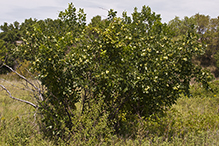 |
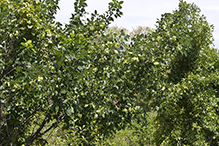 |
||||
Inflorescence |
|||||
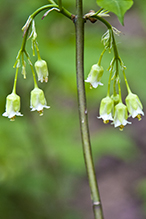 |
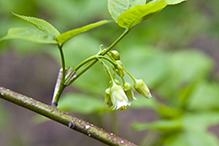 |
||||
Leaves |
|||||
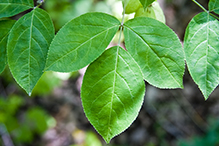 |
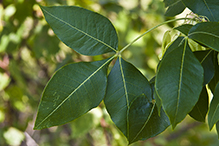 |
||||
Immature Fruit |
|||||
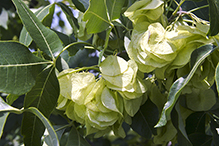 |
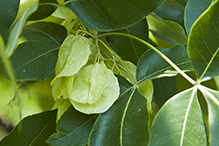 |
||||
Ripe Fruit |
|||||
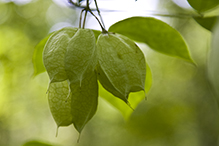 |
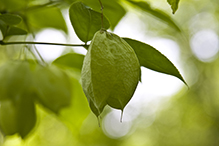 |
||||
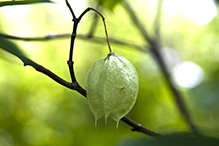 |
|||||
Branchlets |
|||||
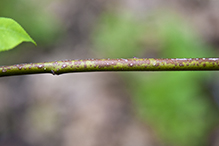 |
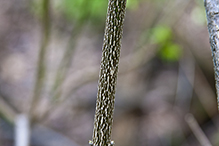 |
||||
Bark |
|||||
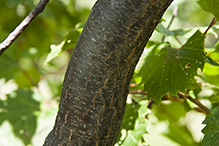 |
|||||

Visitor Videos |
|||
Share your video of this plant. |
|||
| This button not working for you? Simply email us at info@MinnesotaSeasons.com. Attach a video, a YouTube link, or a cloud storage link. |
|||
Other Videos |
|||

Visitor Sightings |
|||||
Report a sighting of this plant. |
|||||
| This button not working for you? Simply email us at info@MinnesotaSeasons.com. Be sure to include a location. |
|||||
|
|||||
MinnesotaSeasons.com Sightings |
|||||

|
Created: Last Updated: © MinnesotaSeasons.com. All rights reserved. |
